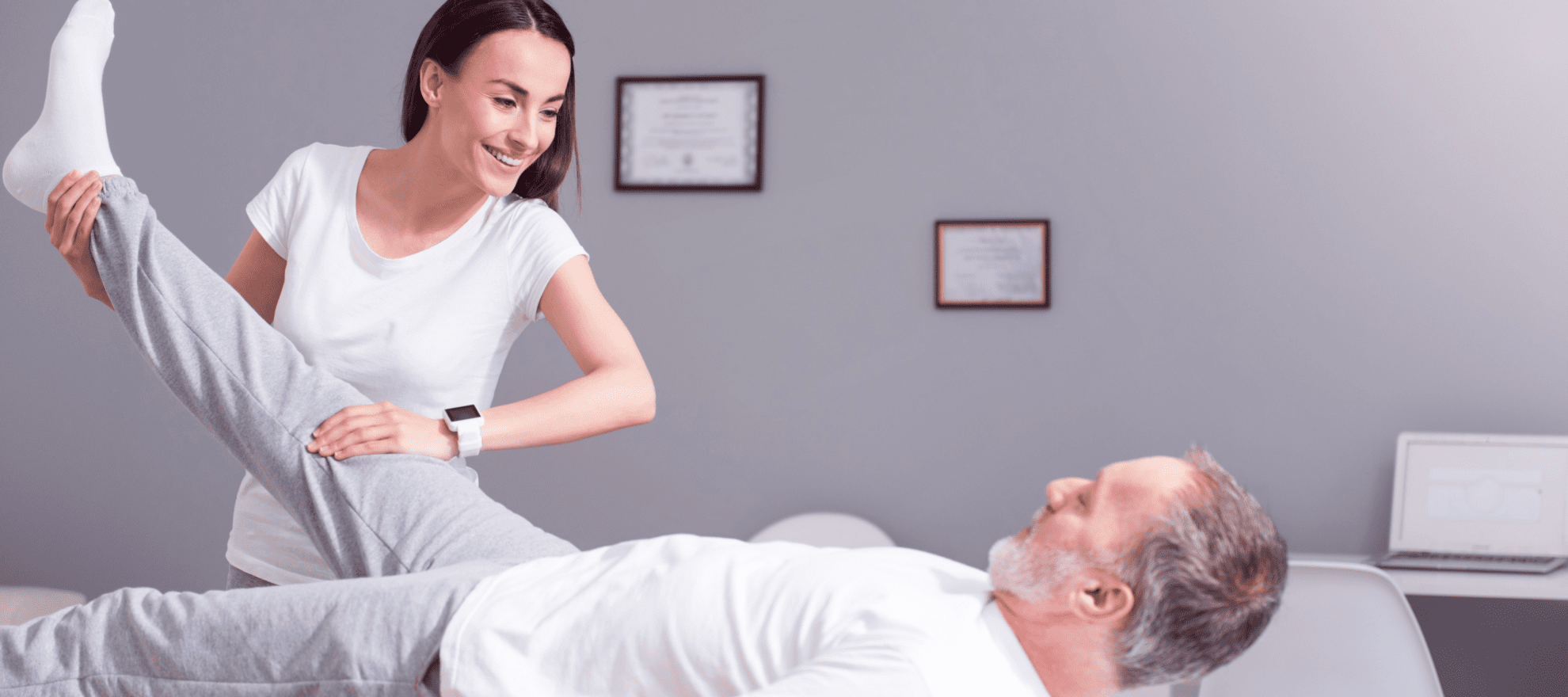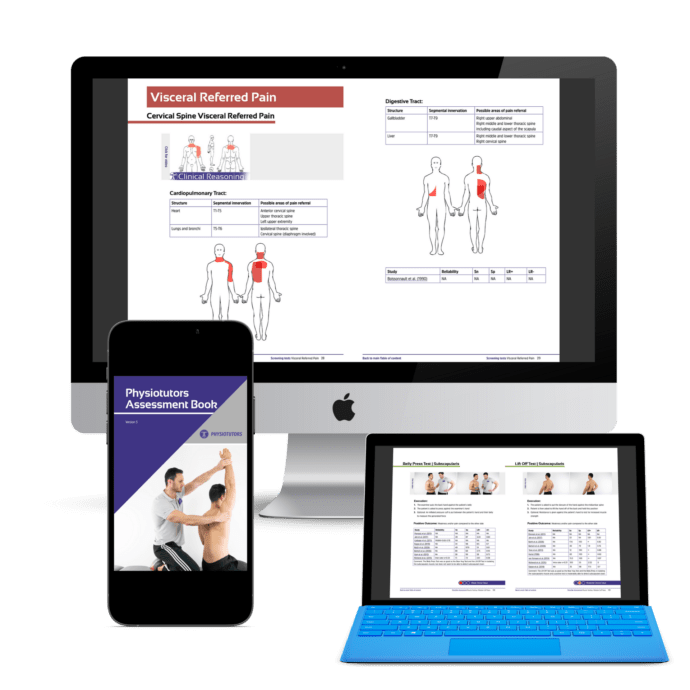



De Quervain’s disease is defined as tenosynovitis of the abductor pollicis longus and the extensor pollicis brevis tendons due to repetitive hand or wrist movements. Different tests have been described in the past with the most popular test being Eichhoff’s test, often wrongly named as Finkelstein’s test. Over the years, a misinterpretation has occurred between these two tests, the latter being confused with the first. As Eichhoff’s test is very provocative and causes many false positives, Goubau et al. in the year 2014 came up with the WHAT test. They found a very high sensitivity of 99% with a low specificity of 29% in the diagnosis of de Quervain’s disease on ultrasound. This is the only study evaluating this test so far, which is why we give it a moderate clinical value to rule out De Quervain’s disease, while it does not seem to be useful to confirm the disease.
The advantage of both the Finkelstein and Eichhoff’s test is that they are both mainly passive tests that are not able to isolate both tendons of interests while also stressing unrelated joints such as the radio-scaphoidal, the scapho-trapezial, the trapezio-metacarpal and the metacarpal-phalangeal joints. The WHAT test was designed to isolate the abductor pollicis longus and extensor pollicis brevis tendons while giving the patient active control over the pain elicitied by the test.
To perform the test, ask the patient to maximally flex his wrist within his pain margin while keeping his thumb fully extended and abducted. Remember extension of the thumb is a movement of the thumb towards the radial side in the plane of the palm and abduction is a movement away from the palm. The examiner applies a gradually increasing abduction resistance to the thumb. When the patient is unable to maintain the force against the examiner, the patient is free to release the pressure and the test is complete.
This test is positive if the patient experiences pain on resisted pressure against the examiner.
Actively contracting the APL and EPB during the WHAT test causes shear stress on the inferior palmar border of the pulley of the first extensor compartment, thereby giving a painful exacerbation in the initial stage of De Quervain’s tenosynovitis.
In comparison, Eichhoff’s test and Finkelstein’s test cause a shear between the thickened APL and EPB and the pulley or bony floor of the first compartment. The passive distension of the joints can lead to pain in other areas unrelated to De Quervain’s disease as well such as the radial collateral ligament, the scaphotrapezial ligament, and the carpometacarpal ligament, which in turn can lead to false positive results.








Download our free physiotherapy app with all the knowledge you need.